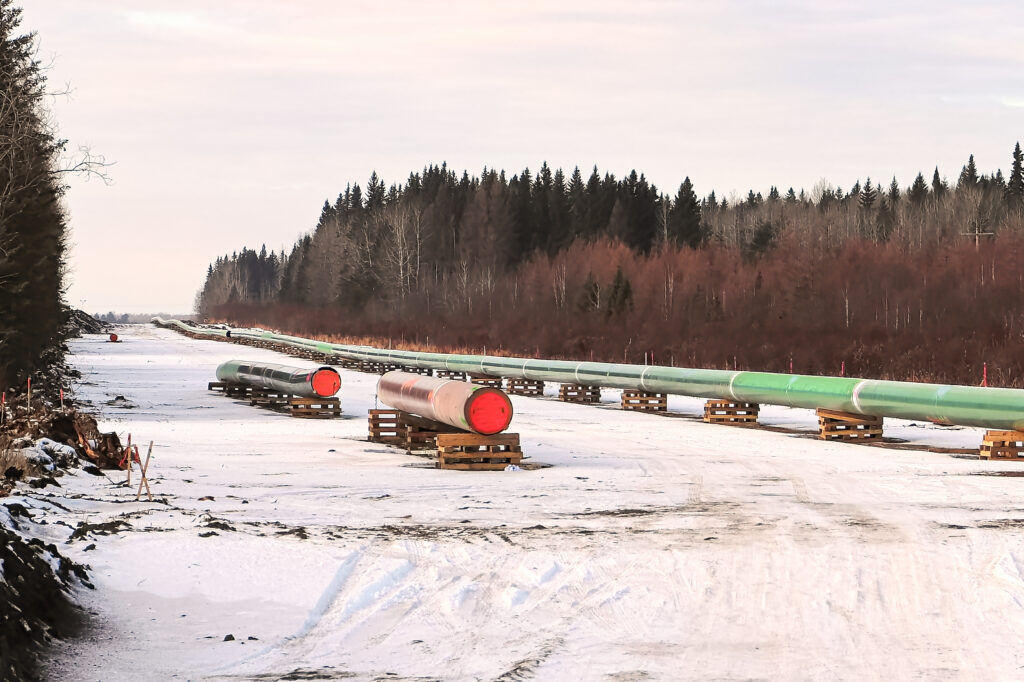(Oil Price)– For years, Canada’s oil and gas sector was plagued by pipeline shortages that severely limited the country’s capacity for export and forced producers to sell at a major discount as storage capacity became maxed out across the nation. But all of that changed when the Trans Mountain Expansion project finally came online after years of delays on May 1, 2024. Now, suddenly, Canada is a major competitor in global markets, with the ability to ship crude directly from Vancouver to Asian ports. The resulting trade boom reflects a monumental shift in global geopolitics. As of 2019, the lack of transport capacity was costing Canadian producers an estimated $20.62 billion annually. But since the commercial opening of the Trans Mountain Expansion pipeline last year, oil producers in the central province of Alberta can now send three times more crude oil to the Canadian Pacific coast. This amounts to nearly 600,000 barrels per day (bpd) of additional market access and has almost single-handedly revitalized the sector after years of struggle.

Highlighting how meaningful this new trade route is for global markets, the Baltic Exchange – a global leader in maritime market data tracking – has introduced not one, but two new benchmarks aimed solely at tracking Canadian crude exports to Asia. As of October 13, you can now track shipments from Vancouver to Ningbo, China, and from Vancouver to the Pacific Area Lightering zone off the US West Coast using Aframax tanker benchmarks TD28 and TD29, respectively. The benchmarks are listed on the Intercontinental Exchange.
“This is a classic example of the Baltic responding directly to market needs,” Matt Cox, Head of Benchmark Production at the Baltic Exchange, was recently quoted by flagship maritime and offshore news outlet gCaptain. “The development of these new routes reflects how trade flows evolve in response to geopolitical realities, from tariff disputes and shifting alliances to sanctions and changing energy security priorities. Our role is to ensure the market has reliable benchmarks that reflect these new dynamics.”
This development reflects critical changes and tensions in global politics as China, the world’s largest importer of fossil fuels, and the United States, one of the world’s biggest exporters of natural gas and a top oil exporter, continue to accelerate a globally impactful trade war. While the Trump administration has continued to slap tariffs on Chinese goods amid ongoing threats to push them higher, China has introduced retaliatory port fees on U.S. vessels, increasing costs to ship oil and gas from the U.S. to China.

